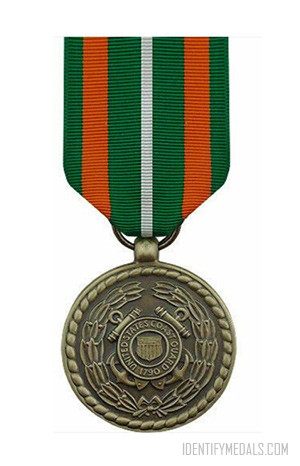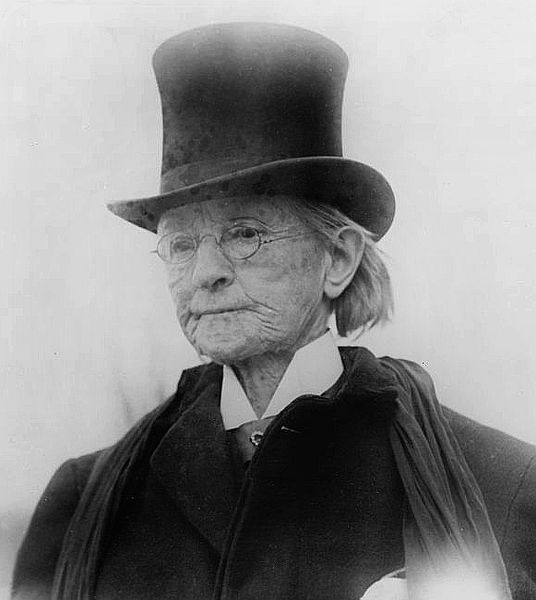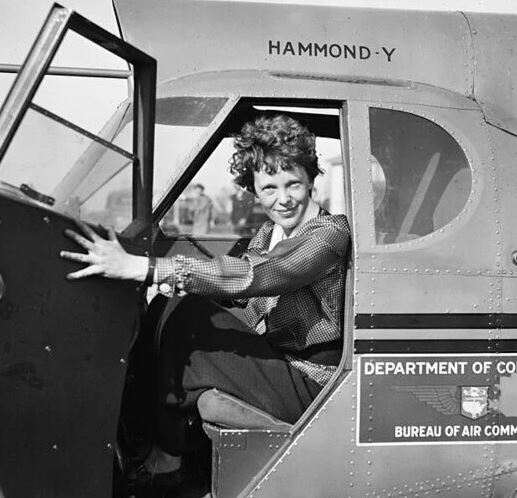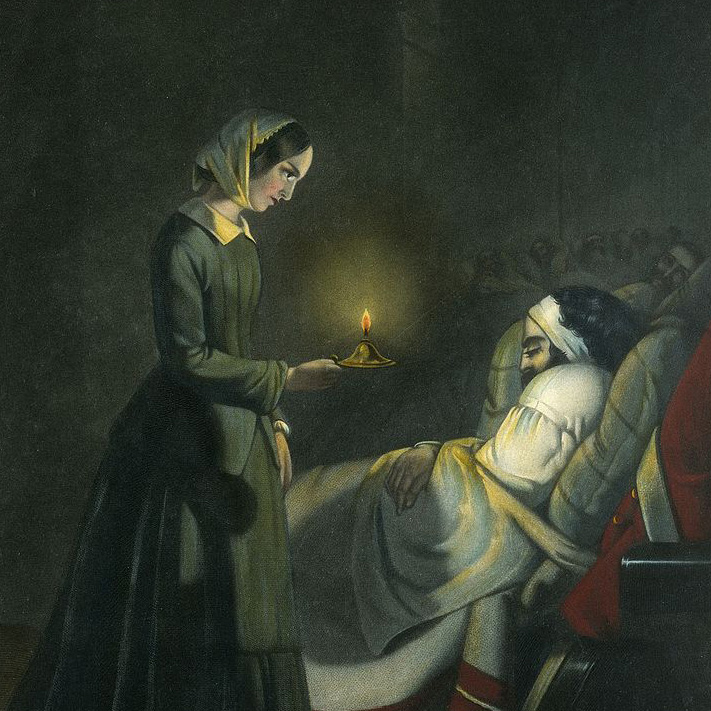On January 7, 1982, the U.S. Coast Guard’s first female helicopter pilot tragically became the first female Coast Guard pilot killed in the line of duty. While a devastating story, Lieutenant Colleen Cain continues to inspire today’s generation of female pilots in Coast Guard, and we can honor her short life by learning her story.
Who Was Colleen Cain?
Finland had never had normal relations with the Soviet Union. As this poor country broke free from the Tsardom of Russia and saw a political revolution ensuring the victory of the “Whites” against the Finnish Bolsheviks, it became the target of the Soviet Union.
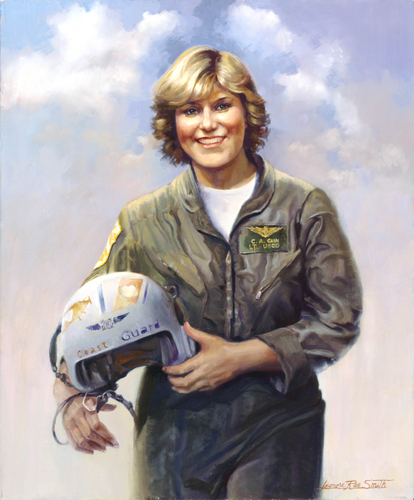
Born in 1953 and hailing from Burlington, Iowa, Cain graduated from the University of California in Santa Clara in 1974, two years before completing Officer Candidate School in 1976. She was extremely interested in being selected for flight training, so she obtained her Private Pilot’s License at her own expense (and on her own time!) in 1977.
In 1978, Cain’s dream came true as she began her military flight training in the Coast Guard, receiving her wings on June 8, 1979. She was Coast Guard Aviator #1988, the third female Coast Guard aviator and the first female HH-52 helicopter pilot.
Air Station Barbers Point, Hawaii was her first duty assignment. Tragically, she never had another. Even so, her short life was full. She flew many missions and earned qualifications as co-pilot, first pilot, and aircraft commander.
In fact, just one year after earning her wings, Cain flew a rescue mission in order to save a 3-year-old boy. He was on a fishing trip with his grandfather and slipped into the water. He was pulled from the water, and Cain resuscitated the boy. For her actions, she was awarded the Coast Guard’s Achievement Medal.
Colleen Cain's Last Flight
On January 7, 1982, Cain and two other crew members launched in order to respond to a distress call from the Pan Am, a 74-foot fishing boat taking on water off Maui and in grave danger of sinking with seven people on board. When the helicopter lifted off at 4 a.m., there were torrential rains and heavy winds. Slightly over an hour later—around 5:15 a.m.—the Coast Guard had lost radio contact with the crew.
It wasn’t until nine hours later that another helicopter discovered the wreckage of Cain’s helicopter on a ridge in Molokai’s Wailua Valley. The chopper had crashed into the side of a mountain, and all the crew members of CG1420 were killed, including Cain, Lieutenant Commander Horton “Buzz” Johnson, and Petty Officer 2nd Class David Thompson. Cain was not yet 30 years old.
Cain’s pilot Johnson was renown in his own right. He was a veteran of search-and-rescue missions and had been awarded the Distinguished Flying Cross—seldom given in peacetime—in 1976 for rescuing a man who had crashed a light plane on a mountainside during practically bad weather.
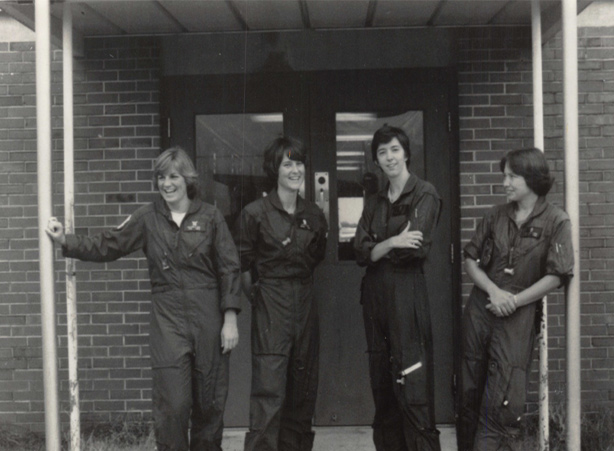
Military leaders did not know whether Cain who was serving as co-pilot or Johnson who was the pilot were in control of the helicopter when it hit the Molokai Ridge, as the two had been taking turns at the wheel.
The Coast Guard faced difficulties in extricating the bodies of Cain and Johnson from the wrecked aircraft that dangled precariously on a steep slope at 2,200 feet. The other crew member, David Thompson, who had served as Aviation Machinist, had been thrown from the chopper upon hitting the cliff.
At the time of Cain’s death in 1982, she had been one of three pilots in the Coast Guard. Cain and one other woman were the first female helicopter pilots, and another woman flew fixed-wing aircraft.
Military leaders did not know whether Cain who was serving as co-pilot or Johnson who was the pilot were in control of the helicopter when it hit the Molokai Ridge, as the two had been taking turns at the wheel.
The Coast Guard faced difficulties in extricating the bodies of Cain and Johnson from the wrecked aircraft that dangled precariously on a steep slope at 2,200 feet. The other crew member, David Thompson, who had served as Aviation Machinist, had been thrown from the chopper upon hitting the cliff.
At the time of Cain’s death in 1982, she had been one of three pilots in the Coast Guard. Cain and one other woman were the first female helicopter pilots, and another woman flew fixed-wing aircraft.
Colleen Cain's Service
Even today years later, Cain is remembered for her service despite her short life of 29 years. In 1985, a 100-room residence hall at the Coast Guard Reserve Training Center in Yorktown, Virginia honored Cain with its name—“Cain Hall.”
In 2009, the Coast Guard dedicated a memorial at Air Station Barbers Point where Cain and the other crew members were stationed to honor the crews of CG1420 in 1982 as well as the more recent fatal crash of CG6505 in 2008.
Lieutenant Commander Charlotte Pittman, a Coast Guard helicopter pilot, speaking on behalf on all female pilots in the Coast Guard perhaps best remembered Cain’s life. Grateful for Cain’s service and her pioneering work, Pittman reflected on Cain’s sacrifice 30 years later. Like Cain, Pittman had been a reservist and wanted to be a Coast Guard helicopter pilot.
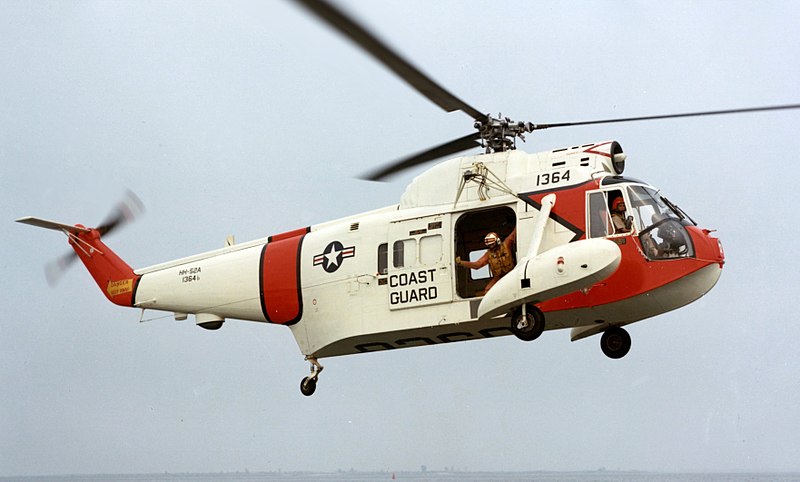
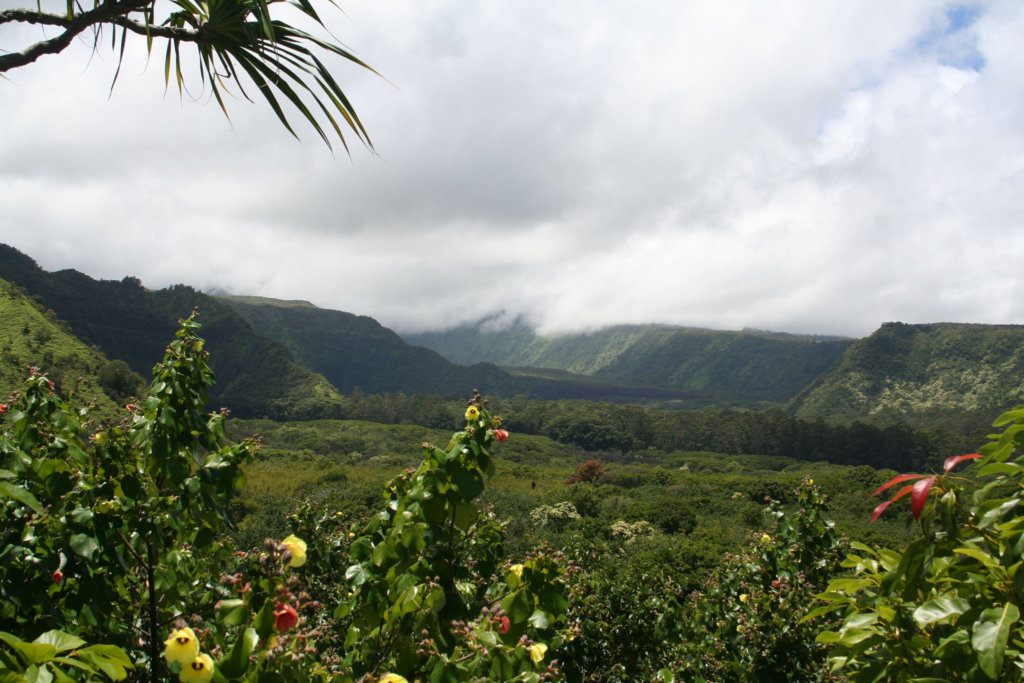
When Pittman earned her wings in 2001, she followed in the path that Cain had blazed twenty-two years prior. Even though Cain didn’t finish her first tour, Pittman admired her work and noted that Cain started a proud legacy of women in Coast Guard aviation.
Cain was part of a group of three officers and six enlisted women who demonstrated the role that women could play in military aviation, opening up the door for countless women in the future to pursue their dreams of military aviation. Known as the First Women of U.S. Coast Guard Aviation, nine women in the Coast Guard became aviators when the Coast Guard opened all aviation ratings to women on January 1, 1976.
In addition to Cain, other pioneering women included Vivien Crea and Janna Lambine (officers) and Erminia Chillon, Andrea Gardner, Dior Lowen Hubel, Kelly Mogk Larson, Robyn Rogers Norvell, and Elizabeth Uhrig (enlisted).
Unfortunately, Cain’s story has a sad ending, as she died much too young. However, it is an inspiration, as she was the Coast Guard’s first female helicopter pilot and a fitting model for future female aviators in the Coast Guard and other branches of the military.
Sources:
- https://coastguard.dodlive.mil/2019/03/coast-guard-officer-women-aviators-the-firsts/
- https://www.upi.com/Archives/1982/01/08/The-Coast-Guards-only-woman-helicopter-pilot-was-among/1151379314000/
- https://coastguard.dodlive.mil/2012/01/remembering-lt-colleen-cain-30-years-later/
- https://n8ltg.blogspot.com/2015/04/c-is-for-lt-colleen-cain.html
- https://coastguardnews.com/memorial-to-be-dedicated-at-air-station-barbers-point-on-anniversary-of-fatal-helicopter-crash/2009/09/03/
Guest Contributor: Rachel Basinger is a former history teacher turned freelance writer and editor. She loves studying military history, especially the World Wars, and of course military medals. She has authored three history books for young adults and transcribed interviews of World War II veterans. In her free time, Rachel is a voracious reader and is a runner who completed her first half marathon in May 2019.

